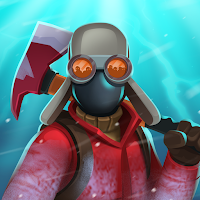
 Safety
Safety




Editor's Review
In Frost World, the world is less background and more the main character. Everything you do—scrounging, crafting, even spending time plotting—ends up being against ice, wind, and quiet. The game’s atmosphere dictates your pace as much as any mission necessity, and does more to get deep under your skin than the numbers on your equipment panel. What you’re left with at the end of a session is the recollection of returning home from a whiteout, not the number of gas you brought back.
The gas station where you base yourself is the visual touchstone for this mood. It’s something that begins as an unassuming ruin—frosted pumps, snow-clogged doors, cracked windows rimed with ice—and gradually takes shape as you embellish it. Each stove you light under, each board you drive into a crevice, resists a landscape which seems willing to reclaim its shape. The change is more than useful; it’s a gesture of environmental storytelling. A place that once was all about fast stops and fluorescent lighting is now a tentative lighthouse in a sea of whiteness. Coming back from an expedition and seeing the golden light of the station break through the dusk, the contrast is the best marketing of the illusion of survival than any pop-up window.
Snow is the most effective visual element to evoke in the game. As you pass over an open area, your footprints impress the surface, the trail you struggled to carve. Wait long enough and the traces are covered by new snow, like the world were washing away your work. That small thing has disproportionate emotional weight. It implies that weather and time are forces at work—unpredictable, unforgiving, always poised to wipe out your trail. The effect makes everyday tasks into charged excursions; the homebound path won’t remain behind.
Weather patterns amplify that tension. Clear spells are bright and keen, although the light never quite warms up. Afterward, the sky goes gray, and there is blowing snow that channels the horizon until the world’s walls close in. The visibility is gone, and familiar landmarks are fuzzy shapes. Even when nothing hostile is near, the weather is dangerous to travel in. The game resists making every second a tempest, but when it does arrive, you necessarily begin thinking along the lines of shelter lines and the shortest route to the station door.
This graphical dedication isn’t without sacrifice. The coloring palette goes heavy on grays, blues, and bone white, and never really departs from that scheme. The choice is to realism and mood, but extended play does tend to become one color memory. Those warm moments—firelight in the garage bay, a repaired fence, the flicker of a lamp in a mended window—take strength because the world is so drained of color, but they also emphasize how little diversity there is outside your camp. Players who draw on shifting views for momentum can end up feeling the environment repeat.
Sound supports the visual without demanding attention. Wind hisses along broken frames; the world is muffled when blizzard snow falls; boots pack snow with a dry squeak. None of which is showy, and that abstinence allows the pictures to breathe. Together, the sound and image sell a place where weather is always shouting and you are always listening for the next punch.
Frost World’s world works because it employs weather, snow, and architecture as story elements rather than decoration. The way the gas station is transformed into a tale of resistance; the footprints vanishing into a story of time and loss. The downside is a similarity that can creep in with each tick of the clock. But even when the palette thins, the geography of the game remains strangely solid. If you choose immersion over spectacle, this frozen universe will not merely surround you—it will set the conditions for your survival.
By Jerry | Copyright © JoyGamerss - All Rights Reserved






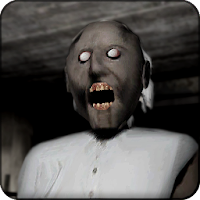
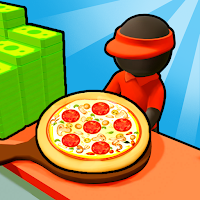

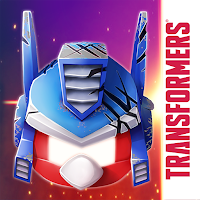
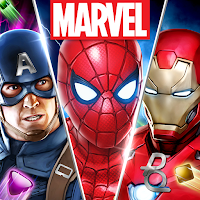
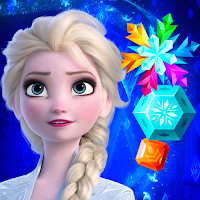
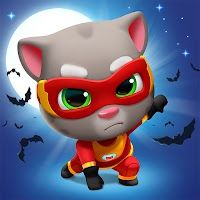

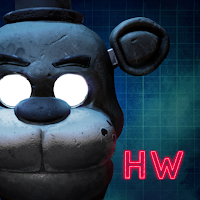
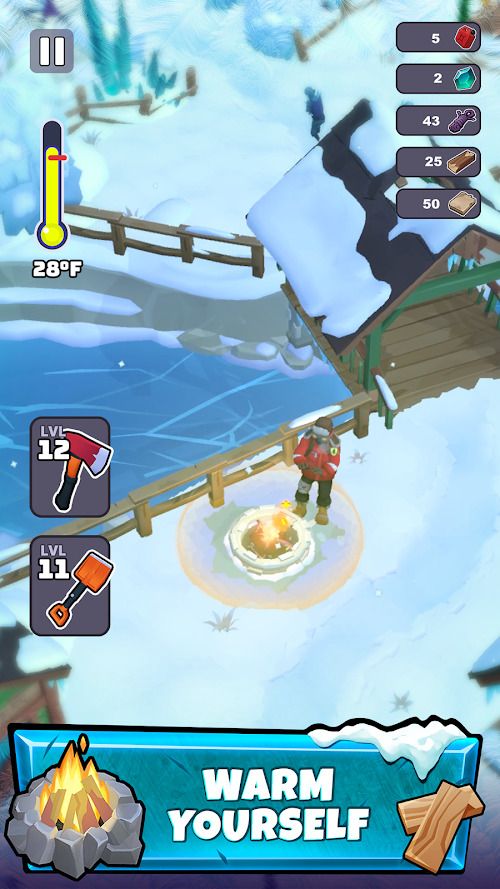
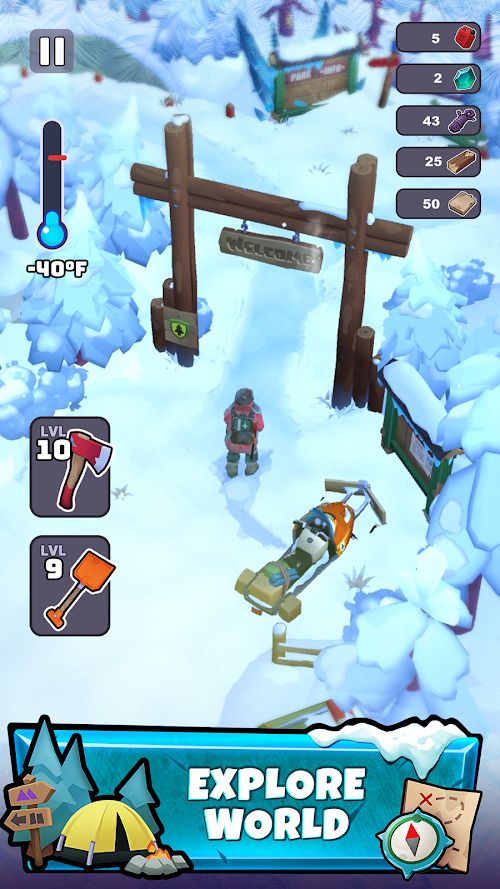
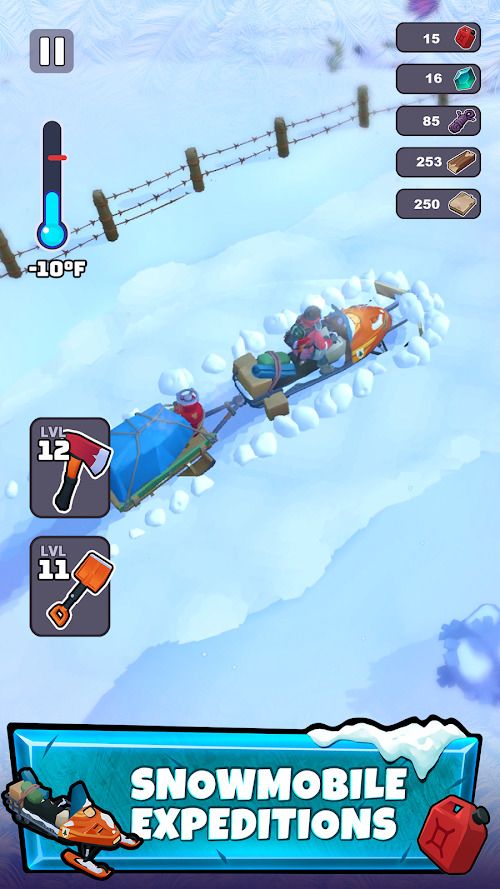
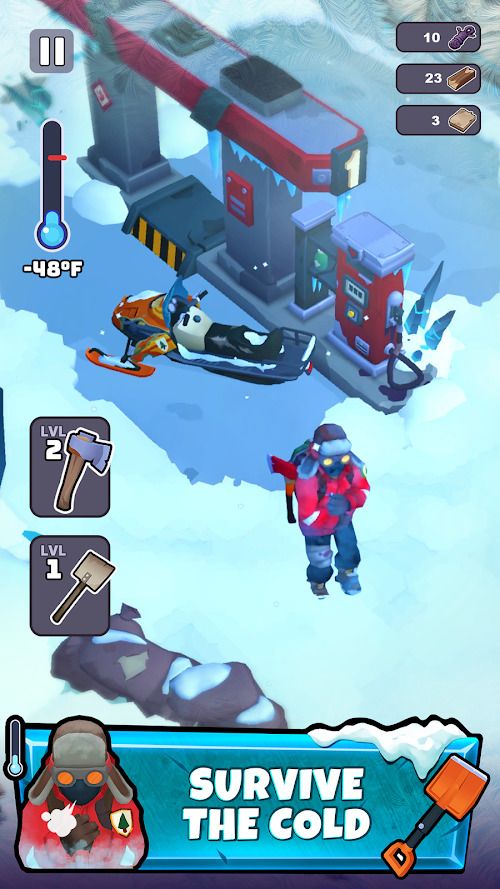
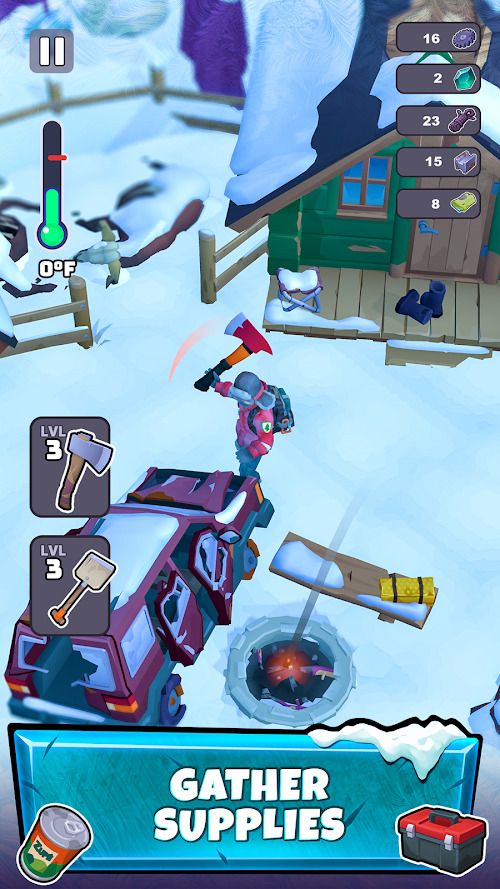
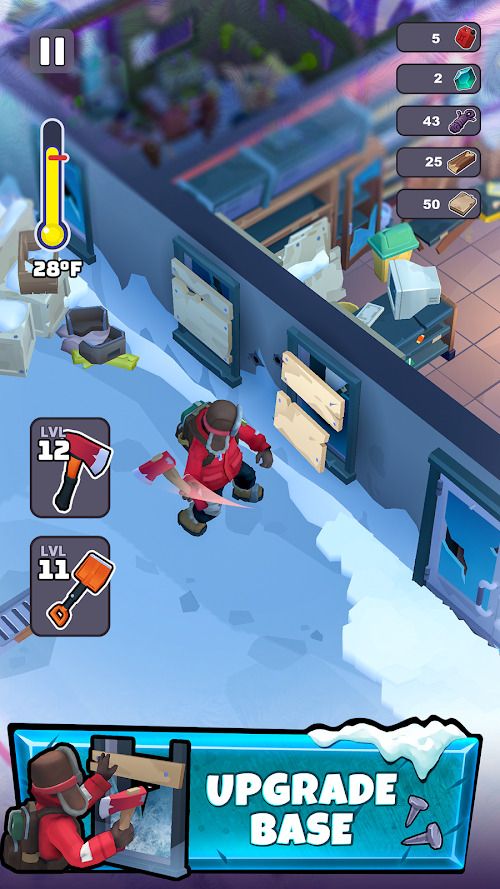
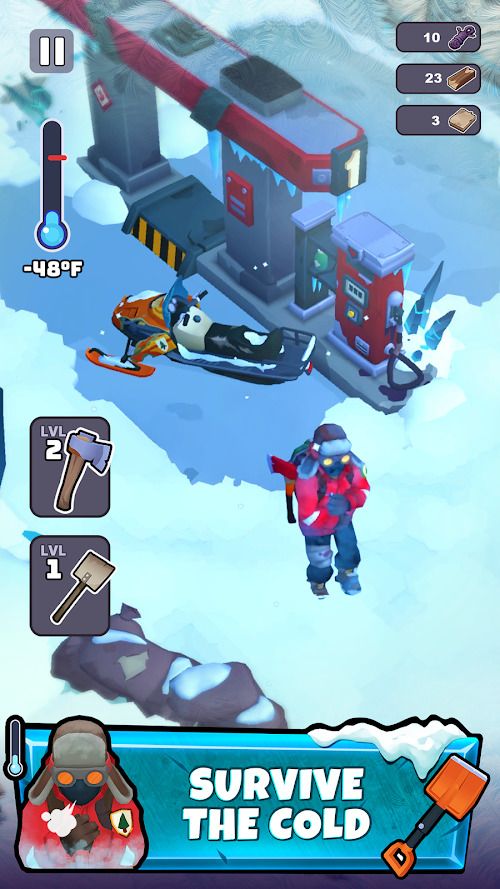
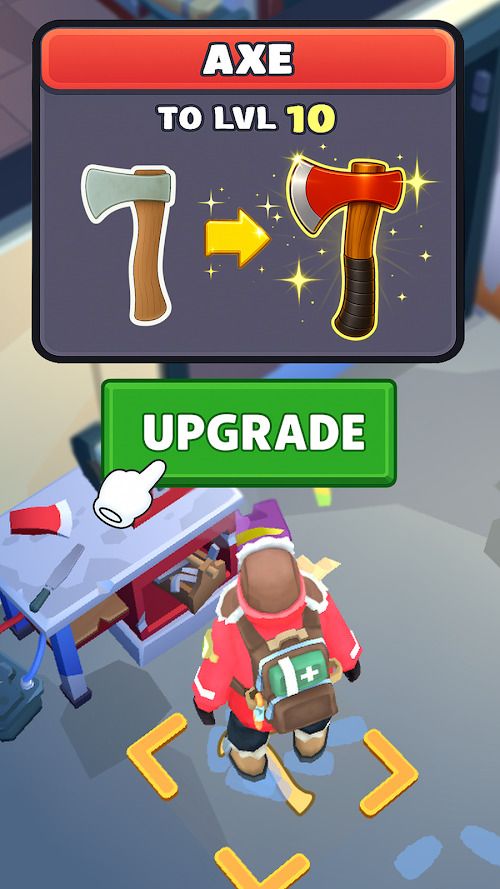
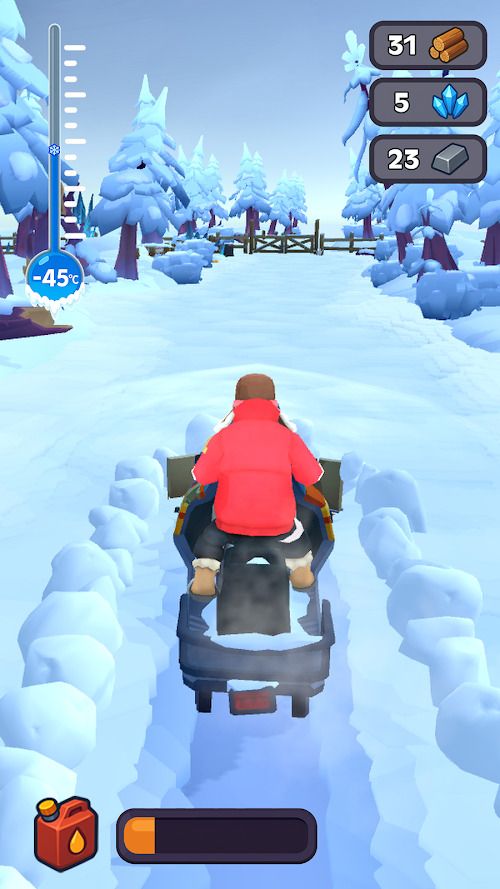




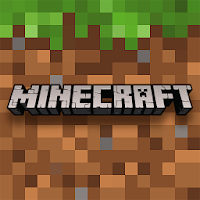


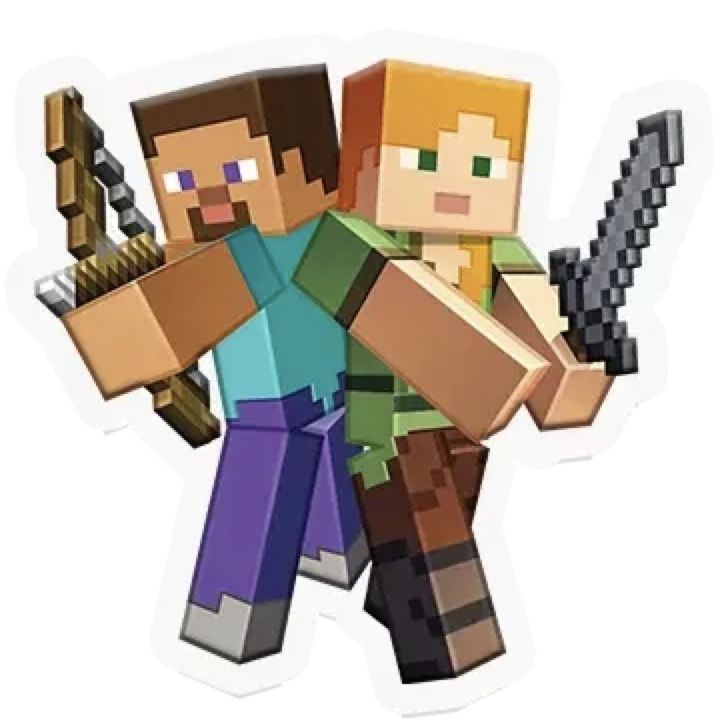






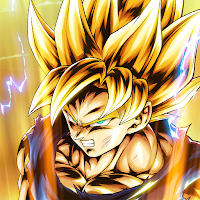
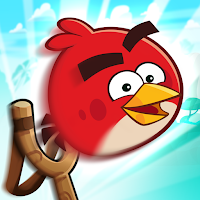
Comments